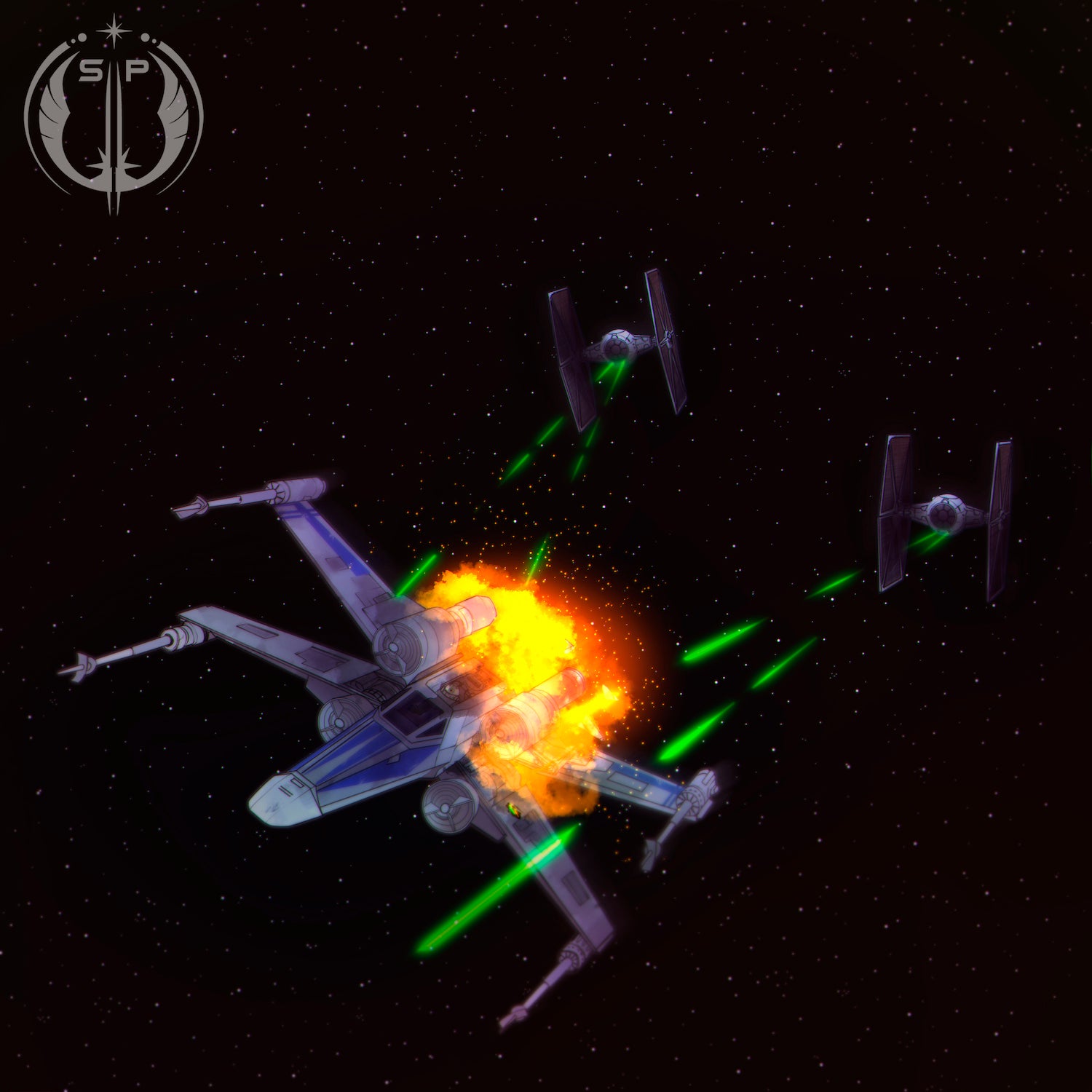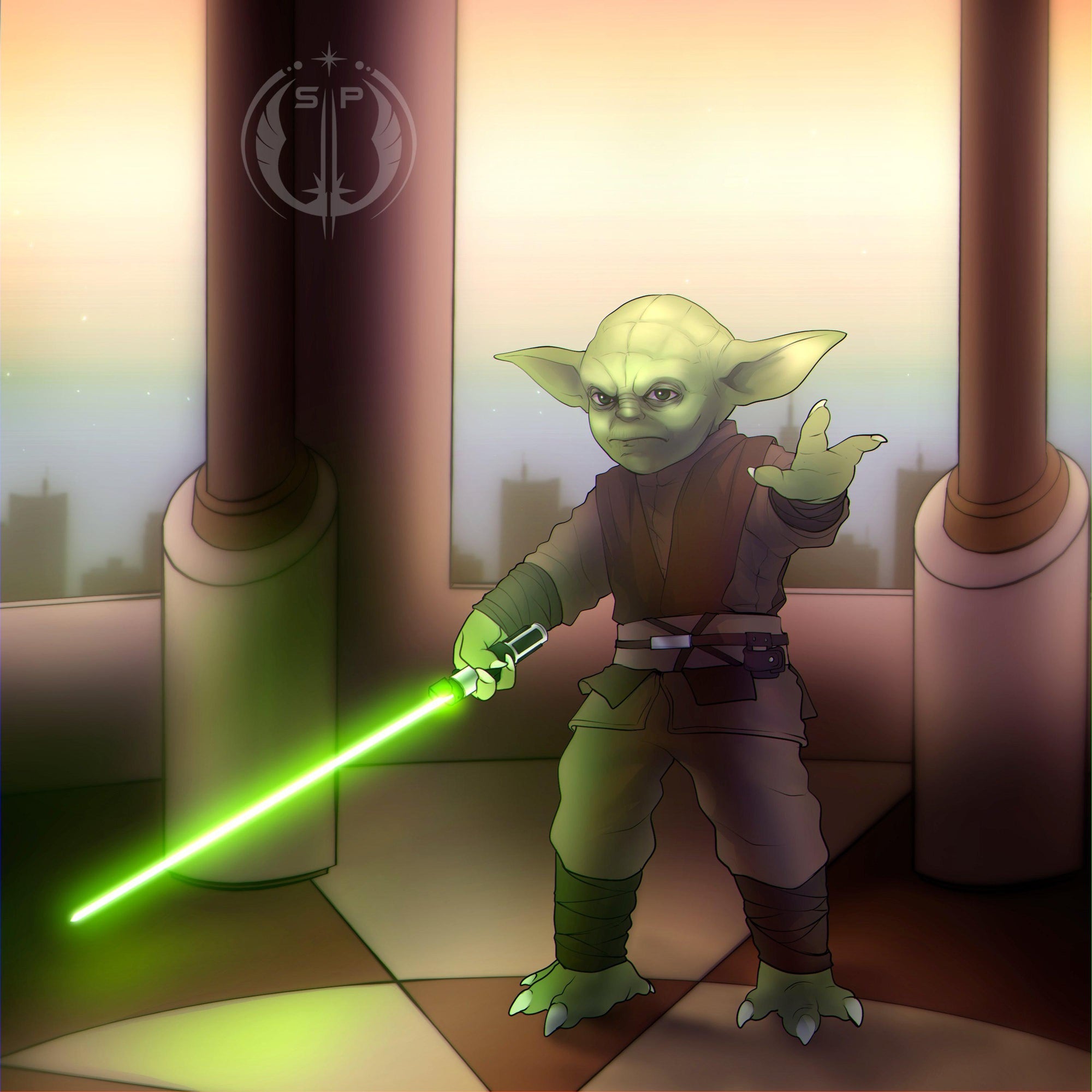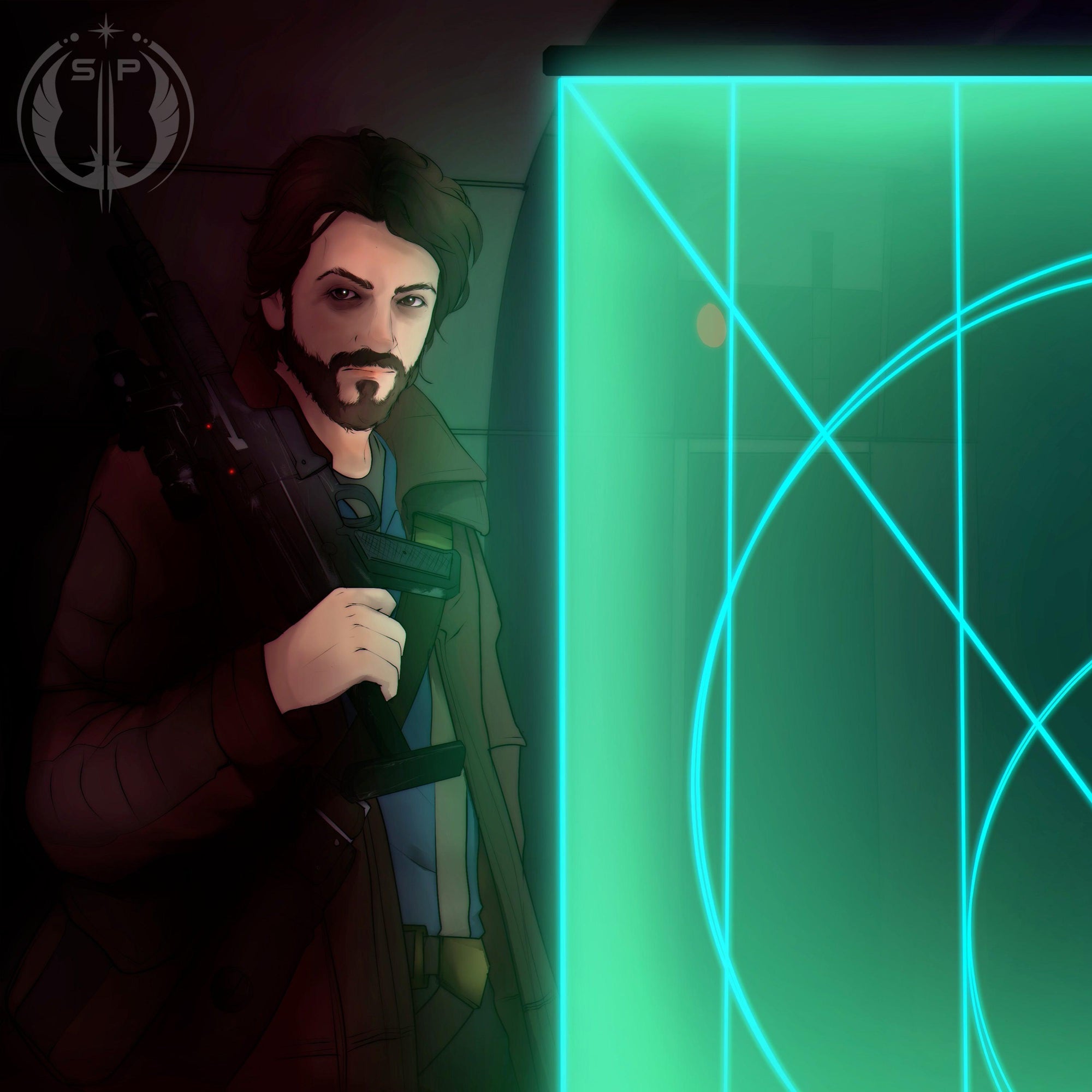
How Star Wars Continues to Change Film Making Across the World
When we think of going to a Star Wars film, we know there will be inevitable “beats” to the storyline. We will most likely see lightsabers, some sort of space battle, and meet unique characters and locations that cannot be found in other science fiction properties. That unique combination of gritty practical effects and cutting-edge digital integrations is part of the reason Star Wars has held the test of time so well.
What some fans may not realize is that the same innovative spirit behind the unique speaking tone of Yoda is also infused into every production decision on set. As a result, Star Wars is a franchise responsible for transforming the filmmaking industry. At this point, between all the films, series, specials, and animation, there are thousands of examples, but we will talk about the two most prominent.

Introduction of Dykstraflex
From the moment moviegoers were thrilled by George Melies Le Voyage dans la Lune (Voyage to the Moon), in which a rocket ship lands on the eye of the man on the moon, we have been captivated by space travel. For decades we have tried to capsulate the vastness of space travel with innovative technology. We slapped together film sets that always turned out a bit rugged compared to modern solutions. Even the incredible 2001: A Space Odyssey in 1968 was groundbreaking in visual effects until Star Wars came along in 1977.
The problem up to this point was modeling. Everyone was using large and small-scale models to emulate space travel. The end result was a boring cruise through space with rigid movements. Then John Dykstra of the team that would become Industrial Light and Magic created a new system - the Dykstraflex.
He used old VistaVision cameras from around Paramount Pictures that were popular in 1954. Then he wrapped chips and a digital control system that allowed for 7 axels of motion capture, enabling techniques like roll, pan, tilt, swing, boom, traverse, track, lens focus, motor drive, and shutter control. When this filming system was used with models of the Death Star or an Empire cruiser, the flight suddenly looked natural and somehow realistic for space.
This incredible digital motion control camera system laid the foundation for all science fiction films that followed and earned Dykstra, along with Al Mill and Jerry Jeffries Academy Awards in 1978. The whole idea was to have the same versatility of a World War II camera that would swoop around fighter pilots in the middle of a dog fight, and with this new system, it was finally possible.
Ironically enough, a younger ILM designer by the name of John Knoll reinvigorated this system by adapting the Dykstraflex onto smaller scale digital cameras of today used in The Mandalorian. That is why so many fans say this series has the same “grittiness” as the original trilogy! It also leads us into our second major Star Wars filming innovation.
Rethinking the Film Set
The original Star Wars trilogy is famous for filming on location in exotic places worldwide. However, the budget for the Disney Plus series The Mandalorian did not have quite as much room to play, and the studio wasn’t sure it was going to be as big of a hit. Man, were they wrong!
To make the expansive scenes of the Mando attacking creatures and getting into captivating fights, ILM went to work again, but this time with a brand new film set convention. Instead of trying to use green screens, they dropped in a giant LED stage. What you get is a visual experience where the crew and actors are seeing the same things in real-time that we see on our phones, TVs, and computers.
All of the visual effects were - to put it bluntly - visually available to the actors. When an explosion would happen in the background, everyone on set saw the same thing from this LED set. Think about this, it means you have a controllable environment similar to a black box theater, but without the need to imagine everything. This new technology was dubbed “virtual production” and has revolutionized filming because it drastically reduces the cost of production as well as the time of preparation.
This means you can create a digital environment for your actors to explore on a computer and then have it broadcast at the same time as their filming. We are likely to see numerous new film projects pop up because this cuts the costs of filming a feature. ILM calls the technology Stagecraft, but don’t be surprised to hear it adapt and be integrated into practically any film studio.
A Grand Tradition of Film Production
Star Wars is always going to lead the pack when it comes to innovations in filming. By its very nature, ILM and the people that work with them want to find new ways to tell stories. That drive is part of why Star Wars is always on the cutting edge of discovery. Star Wars will always push the envelope further, whether enjoying a lightsaber battle on a distant land or getting a cinematic long shot of a speeder race.
We love that spirit of innovation and infuse the same ideas into our custom lightsabers at SabersPro. By using neopixel technology and modern material design, we are able to elevate your collection, cosplay, and dueling experience. Visit our storefront today to experience the premium craftwork put into every one of our custom lightsabers and bring home a piece of Star Wars for yourself!

Leave a comment
This site is protected by hCaptcha and the hCaptcha Privacy Policy and Terms of Service apply.